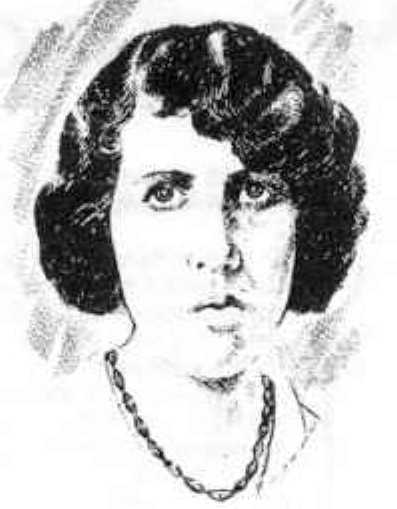4.1.1.13 The poetic work of María Villar Buceta (1899 – 1977)

María Villar Buceta’s lyrical forays began when she was just 16 years old, with verses that she published in “El Fígaro” and other media of the time. It is even said that the quality of these verses led literary critics to suspect that she was an already renowned author using a pseudonym.
His fundamental work was conceived during the five-year period from 1915 to 1920, during the so-called “critical decade.” In this sense, it bears affinities with what Rubén Martínez Villena and José Z. Tallet were writing at the time. Ruben’s modernism is more evident in it, as are the reminiscences of the epigonal romanticism of the early Republican years.
His collection of poems, “Unanimismo,” was published in 1927 and coincides with the transition from modernism to a new aesthetic, which is not yet avant-garde but in some sense prefigures it, in that it is present in terms of vital disenchantment and a more nuanced but still emerging irony in the face of historical and social circumstances.
The poetess struggles between an evasive intimacy and the struggle against these circumstances, which can be aesthetically appreciated in how she expresses the friction between modernism and what might be called a postmodernism that heralded the avant-garde, in a period that still had no clear direction for poetry.
The order of the book, except for the precedence of the poem “Self-Portrait,” indicates this slow ascent from modernist formulas toward a new sensibility more in tune with the times. Its verses are imbued with a certain spirituality, sometimes religious in nature, but also a deepening of one’s own being, beyond social masks:
“I feel that in my soul there is something
of the great primitive force.
She is not contaminated
for the morbid curiosity of the fictional ones
current civilizations,
and walks around naked…”
He published his verses and also prose texts in various newspapers and magazines, including: “La Noche”, “Heraldo de Cuba”, “Bohemia”, “Social”, “Antenas”, “Cuba Contemporánea”, “Orígenes”, “Universidad de la Habana”, among others.
Her legacy to Cuban culture lies not only in her literary work but also in the promotion of reading and disciplines related to library science. She worked at the National Library and contributed to the collections of several private libraries. She was also the first female professor of library science.








